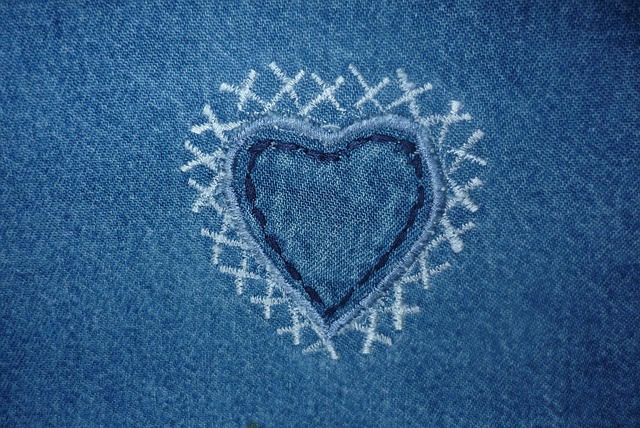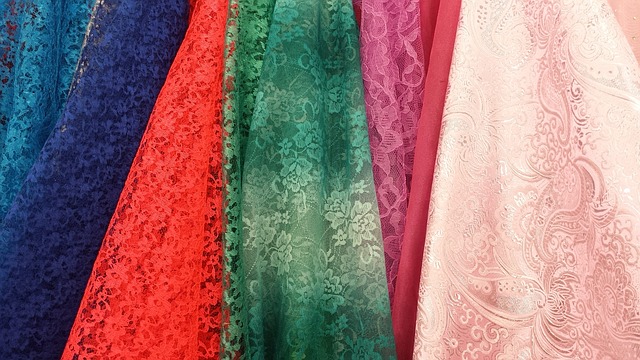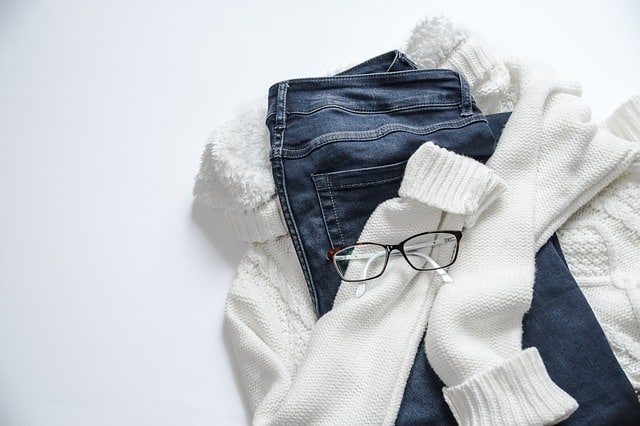Runway garments are often considered the heart and soul of the high fashion industry. These ensembles are the ones presented by designers during fashion shows, often during the globally recognized Fashion Weeks in Paris, New York, London, and Milan. Runway garments aren’t typically designed for everyday wear; instead, they push the boundaries of creativity, challenge societal norms, and reflect the spirit of the times, acting as a form of wearable art.
Moreover, runway garments play a crucial role in shaping the public’s perception of a fashion brand. They set the tone for a brand’s identity and dictate the trends that eventually trickle down to the mainstream market. This article will delve into the artistry, symbolism, impact, and future of runway garments, shedding light on their significance within the wider fashion industry.
The Artistry of Runway Garments
The Design Process and Inspiration
Designing runway garments is an intricate process that marries creativity with technical expertise. Designers start by researching and brainstorming, drawing inspiration from a myriad of sources—art, architecture, nature, socio-political events, personal experiences, and more. This initial stage culminates in the creation of a concept or theme for the collection.
Next, designers begin sketching ideas and creating mood boards, which serve as visual guides for the collection’s overall aesthetic. After this, they select fabrics and materials that align with their vision. The production process then involves pattern making, draping, and sewing, often necessitating the skills of highly trained artisans. Finally, each garment is fitted and adjusted on models to ensure a perfect silhouette.
The Balance of Aesthetics and Functionality
While aesthetics reign supreme in runway fashion, functionality cannot be entirely ignored. Garments must be wearable to some degree, allowing models to walk the runway without hindrance. More importantly, though, they need to communicate the designer’s vision effectively, which is where the balance between form and function comes into play.
Case Studies: Famous Designers and Their Runway Collections
Consider Alexander McQueen’s Fall 2006 collection, dubbed ‘The Widows of Culloden.’ McQueen masterfully combined aesthetics and functionality to produce hauntingly beautiful garments that communicated a narrative of war, loss, and Scottish heritage. The collection’s standout piece—a red dress made entirely of dyed ostrich feathers and hand-painted glass medical slides—epitomizes the artistry behind runway garments.

The Symbolism in Runway Garments
Reflecting Social and Cultural Trends
Runway garments are more than just clothing; they’re often reflections of the zeitgeist. Designers use their collections to comment on current social, cultural, and political climates. Trends in runway fashion can indicate shifts in societal attitudes and values.
Making Political or Social Statements
Many designers use the runway as a platform for advocacy. For instance, Chanel’s Spring 2015 show transformed the runway into a feminist protest, with models carrying signs bearing slogans like “Women’s Rights are More than Alright” and “Ladies First.” This bold statement firmly positioned the brand as a champion of women’s empowerment.
Case Studies: Symbolic Runway Collections Throughout History
One of the most iconic instances of symbolic runway fashion was Katharine Hamnett’s 1983 collection, where she showcased oversized T-shirts with large block-letter political slogans such as “58% DON’T WANT PERSHING.” Her designs sparked conversations about nuclear disarmament, demonstrating the power of fashion as a vehicle for social commentary.

The Impact of Runway Garments on Mainstream Fashion
Influencing Ready-to-Wear Collections
Although runway garments are often too avant-garde for daily wear, they significantly influence ready-to-wear collections. Elements from runway designs—such as color palettes, silhouettes, and fabric choices—are adapted into more wearable, mass-produced clothing.
The Trickle-Down Theory in Fashion
This process can be explained through the trickle-down theory, which proposes that fashion trends start at the top of the ‘fashion pyramid’ with haute couture and high-end designers. These trends gradually filter down to the mass market.
Examples of Runway Trends that Have Become Mainstream
Take, for instance, the off-shoulder trend, popularized by designers like Givenchy and Oscar de la Renta in their Spring 2016 collections. This style soon became a staple in high-street stores worldwide.

The Future of Runway Garments
Influence of Technology and Sustainability
As the world becomes more technologically advanced and sustainability-conscious, runway garments are expected to reflect these changes. Already, we’re seeing designers experimenting with 3D printing and virtual reality, as well as prioritizing eco-friendly materials and practices.
Predicted Trends and Shifts in Runway Garment Designs
With the ongoing push for more inclusivity, we can anticipate seeing a wider range of body types, ages, and ethnicities on the runway. Additionally, as consumers become more sustainability-focused, we might see an increase in collections featuring recycled materials or promoting ‘slow fashion.’
Conclusion
From inception to runway, each garment undergoes a journey of transformation, embodying a designer’s vision and reflecting wider cultural trends. As the fashion industry continues to evolve, runway garments will no doubt remain at the heart of this change, leading the way in innovation and creativity. Regardless of how extravagant or impractical these pieces may seem, their influence is undeniable, shaping how we perceive and experience fashion in our everyday lives. The artistry, symbolism, and impact of runway garments make them an integral part of the fascinating world of high fashion.

















